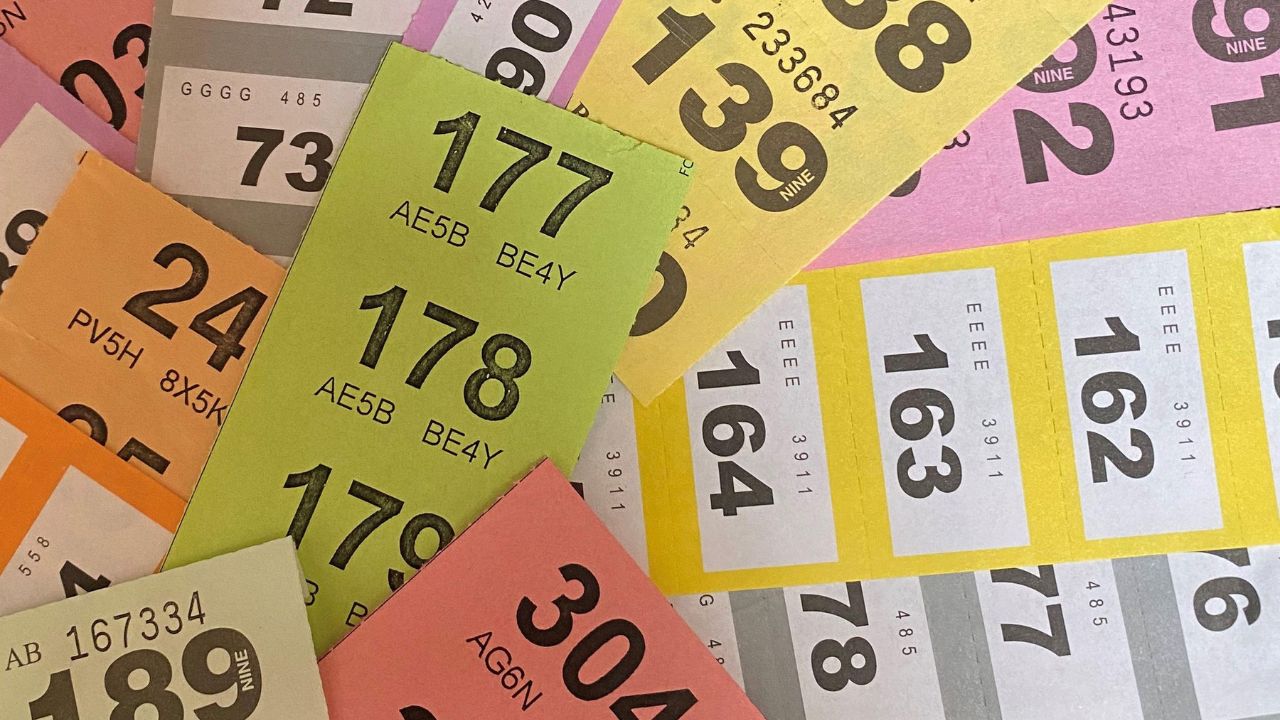Did you know over 50% of American adults play the lottery? That’s millions of people dreaming of the perfect set of numbers! But while luck always plays the biggest role, choosing your numbers doesn’t have to be a total shot in the dark. In fact, some lottery number strategies can help you avoid common pitfalls, create balanced combinations, and maybe even improve your chances of smaller wins. In this guide, we’ll unpack 7 popular techniques that real players swear by—so you can make every ticket feel more intentional (and more fun). Ready to dive in? Let’s find the strategy that fits your style best.
Explore Lotto Champ today and see how it can upgrade your lottery strategy.
Strategy #1 – Hot and Cold Number Analysis
What Hot and Cold Numbers Mean and How to Track Them
Hot numbers are those that have appeared more frequently in recent lottery draws. Cold numbers are the ones that rarely show up or haven’t been drawn in a long time. Many players believe that hot numbers are “on a streak,” while cold numbers are “due to hit.” You can track them by reviewing official lottery results and tallying how often each number has come up over a set period—like the last 50 or 100 draws.
Examples of Using Frequency Charts
Frequency charts are simple tables or graphs listing each number alongside its count of appearances. For example, you might see that the number 23 has been drawn 18 times in the past year, while 42 has only appeared 6 times. Players often use these visuals to pick a mix of frequently and infrequently drawn numbers.
Why This Strategy Feels Intuitive (But What the Math Says)
It’s easy to think past performance predicts future results, and frequency charts make patterns feel meaningful. However, each draw is independent, and the probability of any number being drawn remains exactly the same every time. Mathematicians call this the “gambler’s fallacy.” While hot and cold tracking adds a sense of control, it doesn’t actually change the odds.
Tools That Help You Analyze Number Frequency
If you want to experiment with this approach, many tools can help. Websites like Lottery Post and official state lottery pages publish updated frequency data. Software such as Lotto Pro or Lotto Logic includes built-in hot/cold analysis and generates reports automatically. These tools make it easy to spot trends and assemble your combinations without manual counting.
Ready to play smarter? Discover Lotto Champ here.
Strategy #2 – Wheeling Systems
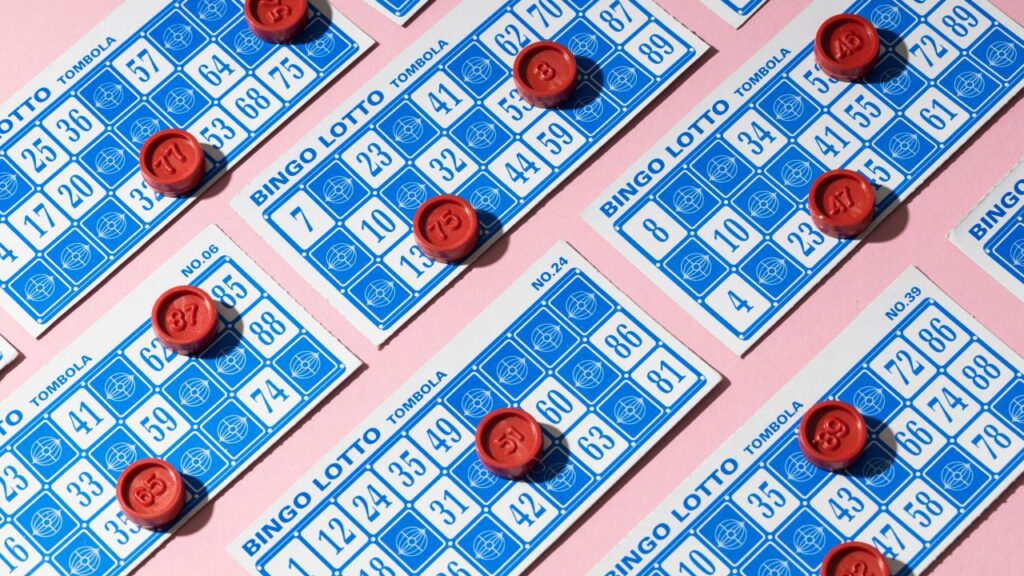
How Wheeling Covers Multiple Combinations
Wheeling is a structured way to play many combinations of your chosen numbers. Instead of buying random sets, you create an organized group of tickets that systematically cover different number combinations. This way, if a few of your selected numbers are drawn, you improve your chances of winning at least a smaller prize.
Full Wheels vs. Abbreviated Wheels Explained
A full wheel includes every possible combination of your chosen numbers. For example, if you pick 7 numbers in a 6-number game, a full wheel generates all the ways those 7 can be arranged into 6-number tickets. This guarantees maximum coverage but quickly becomes expensive.
An abbreviated wheel is a pared-down version that covers many combinations but doesn’t include every single one. It costs less and can still improve the odds of hitting lower-tier prizes if most of your numbers are drawn.
Pros, Cons, and Budget Considerations
Pros:
- Increases the chance of winning something when your numbers appear
- Reduces duplicate combinations
- Adds structure to your play
Cons:
- Full wheels are costly, especially in big games
- No impact on the odds of any single combination winning
- Can lead to overspending without careful budgeting
When Wheeling Makes Sense for Larger or Smaller Games
Wheeling can be a smart approach for smaller games like Pick 3 or regional lotteries, where covering many combinations is affordable. For major draws like Powerball or Mega Millions, it’s often more practical for syndicates or groups to share the cost. Individual players should weigh the budget carefully and consider abbreviated wheels to stay within their limits.
Check out Lotto Champ and learn what makes it a popular choice among players.
Strategy #3 – The Delta System
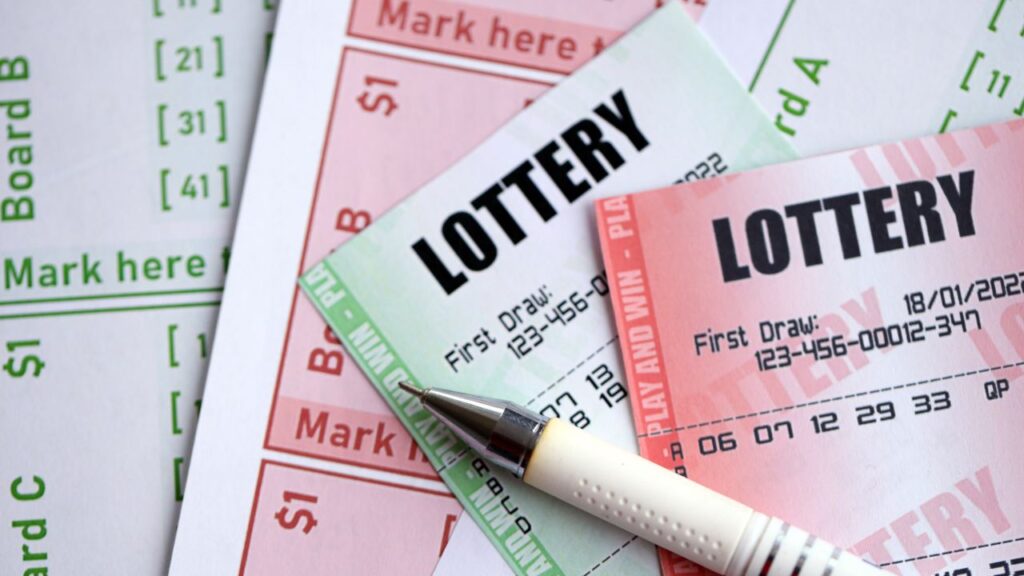
Understanding the Delta System and Spacing Between Numbers
The Delta System is a way of picking lottery numbers based on the differences—or “deltas”—between them, rather than the numbers themselves. Instead of randomly selecting digits, you choose small and large gaps that, when added up, create a combination. The idea is that most winning combinations consist of numbers that aren’t too close together.
Step-by-Step Example of Creating a Delta-Based Combination
- Start by choosing six delta numbers within recommended ranges (e.g., 1–15).
- Mix at least one small delta (like 1–5), a few medium deltas, and one larger delta to create natural spacing.
- Randomly shuffle your chosen deltas.
- Build your combination by adding each delta to the previous total. For example:
- First delta: 3 → first number is 3
- Next delta: 7 → 3 + 7 = 10
- Next delta: 5 → 10 + 5 = 15
- Continue until you have your full set of numbers.
Advantages of Avoiding Clustered Numbers
Using deltas helps spread your picks across the whole range rather than clumping them together. This mirrors the way real draws often look—more balanced and less predictable. It also reduces the likelihood of selecting common patterns, like all low numbers or sequences.
When to Use This Approach
The Delta System works best in games with a broad number pool, such as 5/69 or 6/49 lotteries. It’s popular among players who want a structured method that feels more strategic than random picks but isn’t overly complex. If you’re tired of quick picks and want to try a fresh technique, this system offers a practical alternative.
Try Lotto Champ now and experience its smart number prediction tools.
Strategy #4 – Odd and Even Number Balancing
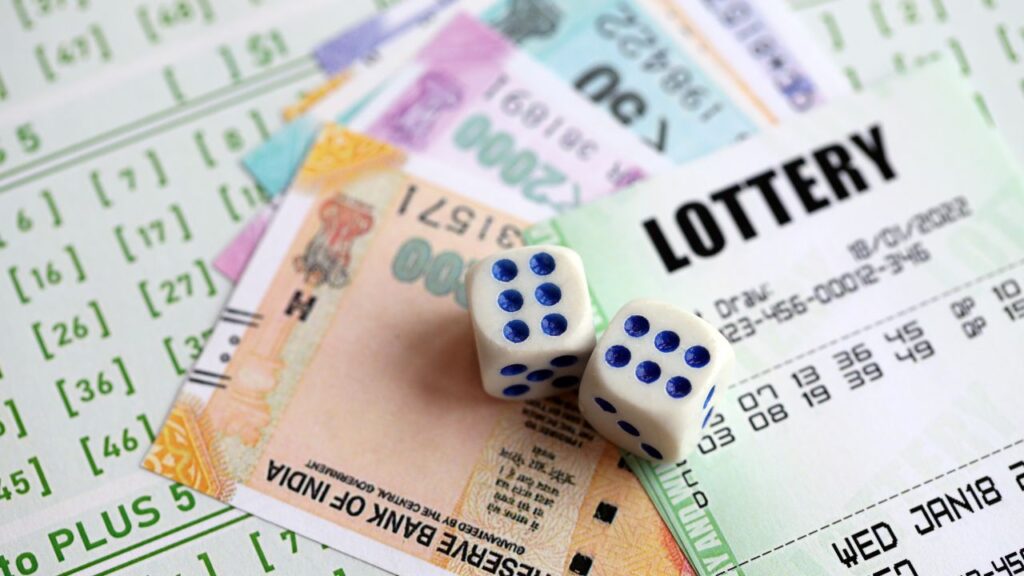
Why Balanced Odd-Even Mixes Appear More Often in Draws
Most lottery draws don’t end up with all odd or all even numbers. Statistically, combinations with a mix of odd and even digits are far more common because there are simply more ways to create them. For example, in a 5-number game, a combination like 3 odd and 2 even numbers has many more possible arrangements than 5 all-odd numbers.
Suggested Ratios for Common Lottery Formats
For games where you pick 5 or 6 numbers, many experts recommend aiming for these common patterns:
- 2 odd / 3 even
- 3 odd / 2 even
- 3 odd / 3 even (in 6-number games)
These combinations occur much more frequently than extremes like 5 odd or 5 even.
Real-World Examples of Odd/Even Distribution
In Powerball, a review of hundreds of past draws shows that balanced odd-even combinations make up about 70% of winning results. The same pattern holds true in Mega Millions and many state lotteries. While any pattern can technically win, betting on the most likely groupings aligns your picks with historical trends.
How to Apply This Strategy Without Overthinking
When you pick your numbers, simply count how many are odd and how many are even. Adjust if you end up with all of one type. For example, if you pick 5 numbers and they’re all odd, consider swapping out 2 for even numbers. This simple step keeps your selections consistent with the majority of past draws without requiring complicated calculations.
See how Lotto Champ works and decide if it’s right for you.
Strategy #5 – High-Low Number Selection
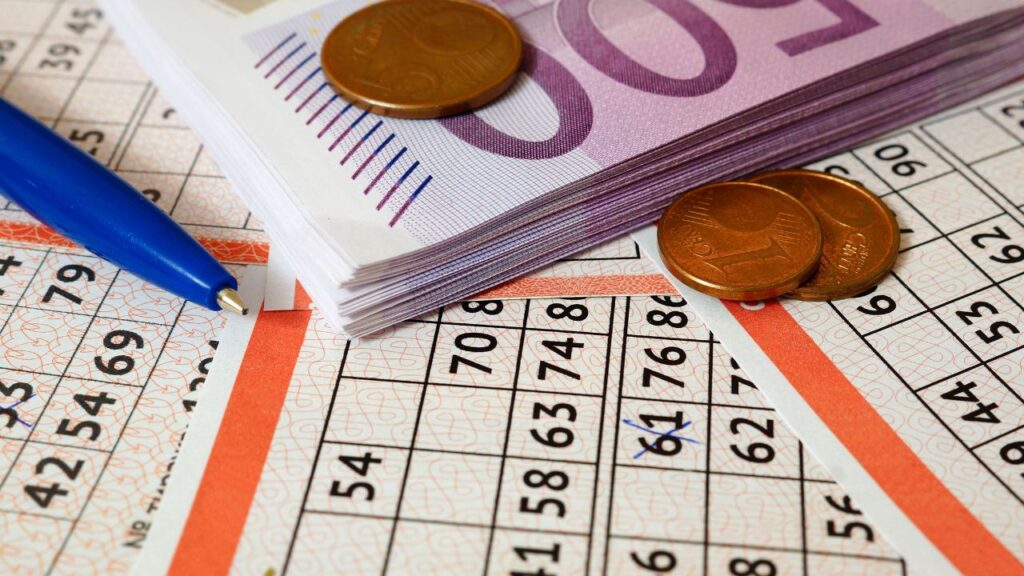
Splitting the Number Field Into High and Low Ranges
High-low selection involves dividing the entire pool of lottery numbers into two halves—low numbers and high numbers. For example, in a 1–49 game, 1–24 would be the low range, and 25–49 the high range. This method helps you avoid clusters that can limit coverage across the board.
How Balanced High-Low Picks Can Cover Typical Draw Patterns
Winning combinations tend to include a mix of numbers spread across both halves of the field. Balanced selections, like 2 low and 3 high numbers in a 5-number game, cover more possible patterns and align with how real draws often look. All-high or all-low combinations are statistically less common because there are fewer ways to create them.
Common Mistakes (Like All Low Numbers From Birthdays)
One frequent error is relying heavily on birthdays, which naturally limits your picks to numbers 1–31. This skews your selection toward the lower half of the range and can leave you exposed if higher numbers are drawn. It also increases the odds of sharing a jackpot with other players who pick birthdays.
Tips to Diversify Your Combinations
- Always review your set of numbers to see if they’re balanced between high and low ranges.
- If you notice a cluster, replace a couple of low numbers with higher ones or vice versa.
- Use number generators or lottery software to randomize selections and ensure a more even spread.
- Consider combining high-low balancing with odd-even balancing for an extra layer of coverage.
Curious about better odds? Visit Lotto Champ and get all the details.
Strategy #6 – Avoiding Common Patterns and Popular Numbers

Why Consecutive Numbers, Repeating Digits, and Birthdays Are Often Shared Picks
Many players gravitate toward easy-to-remember patterns—like 1-2-3-4-5 or all numbers under 31 from birthdays. These combinations feel personal or lucky, but they’re extremely popular. If you happen to win with them, you’re more likely to split the jackpot with dozens or even hundreds of other players, reducing your payout significantly.
How to Pick Unique Combinations to Avoid Splitting Jackpots
One simple way to stand out is to include numbers over 31. Since fewer players use higher numbers, you decrease the odds of duplicating someone else’s picks. Avoid predictable sequences, repeated digits, and obvious patterns. Even though every combination has the same mathematical chance of winning, choosing less common sets improves your chances of keeping the full prize to yourself.
The Myth of “Lucky Store” Numbers
Some people believe certain retailers or locations are “luckier” because they’ve sold a winning ticket before. In reality, all authorized sellers feed into the same random draw, and past wins don’t affect future outcomes. Focusing on where you buy tickets or which clerk sells them is just superstition.
Tools to Randomize and Filter Your Selections
Many lottery websites and apps offer random number generators that can help you avoid common patterns. Tools like Lotto Pro, Lottery Looper, and even official lottery apps can generate quick picks or filtered sets designed to reduce duplicate combinations. These resources make it easy to create unique entries without relying on guesswork.
Unlock Lotto Champ’s features and discover how it can help you pick numbers.
Strategy #7 – Joining Syndicates or Lottery Pools
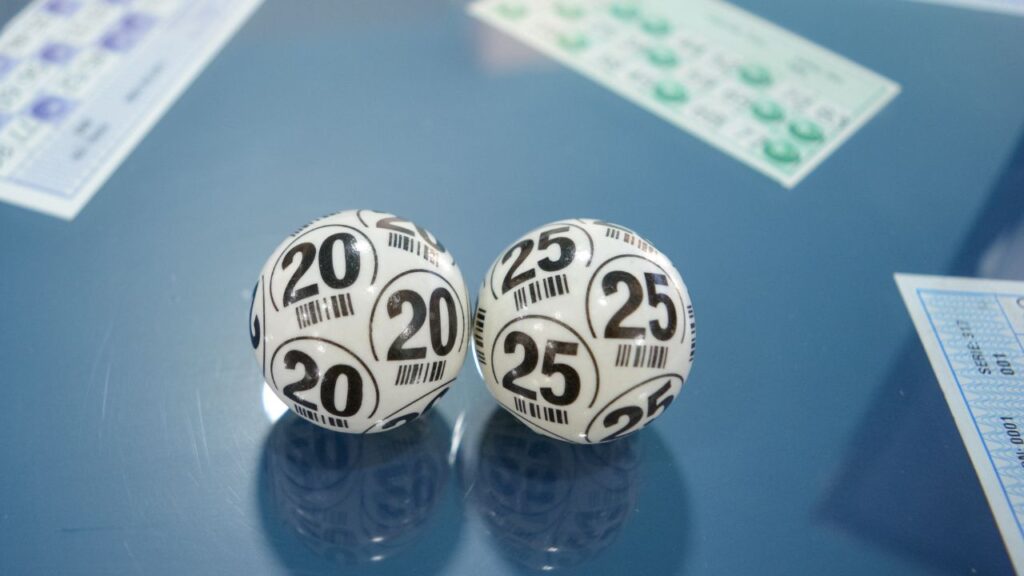
How Pooling Tickets Increases Coverage Without Overspending
A lottery syndicate is a group of players who combine their money to buy more tickets together. By pooling resources, you can cover far more combinations than you could afford alone. This significantly improves your chances of winning something, even though you’ll share any prize with the group.
Setting Clear Agreements to Manage Payouts
Before joining or starting a syndicate, it’s essential to set clear rules in writing. Outline how contributions are collected, how tickets are tracked, and how winnings will be divided. This prevents misunderstandings and ensures everyone feels confident about how the pool operates.
Real Examples of Syndicate Wins
Lottery pools have made headlines worldwide. In 2012, a Maryland syndicate of McDonald’s employees split a $218 million Mega Millions jackpot. Office and community groups regularly claim large prizes, showing that syndicates can—and do—hit big wins.
Best Practices to Join or Start a Lottery Pool
- Keep copies of all purchased tickets and share them with members.
- Use a secure app or spreadsheet to track payments and ticket numbers.
- Assign a trusted manager to collect funds and handle claims.
- Make sure everyone signs an agreement outlining the terms.
- Discuss whether you’ll play the same numbers regularly or switch them up.
Joining a syndicate is a smart way to increase your odds without risking more money, provided you keep things transparent and organized.
Get started with Lotto Champ and explore its simple, step-by-step approach.
🏁 Conclusion
There’s no way to outsmart pure chance, but using lottery number strategies can bring structure—and a bit of excitement—to every ticket you play. Whether you love analyzing patterns, picking balanced sets, or simply joining forces with friends, the key is to enjoy the process and stay within your budget. Ready to try one of these techniques for yourself? Explore the strategy that resonates with you, and see how it transforms your next lottery experience.
Learn more about Lotto Champ before your next ticket purchase.

